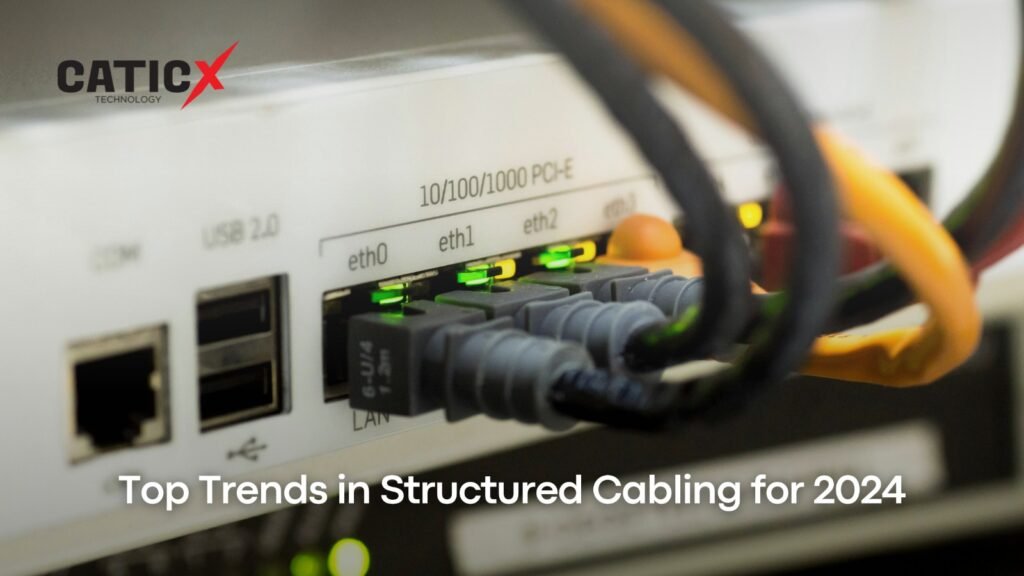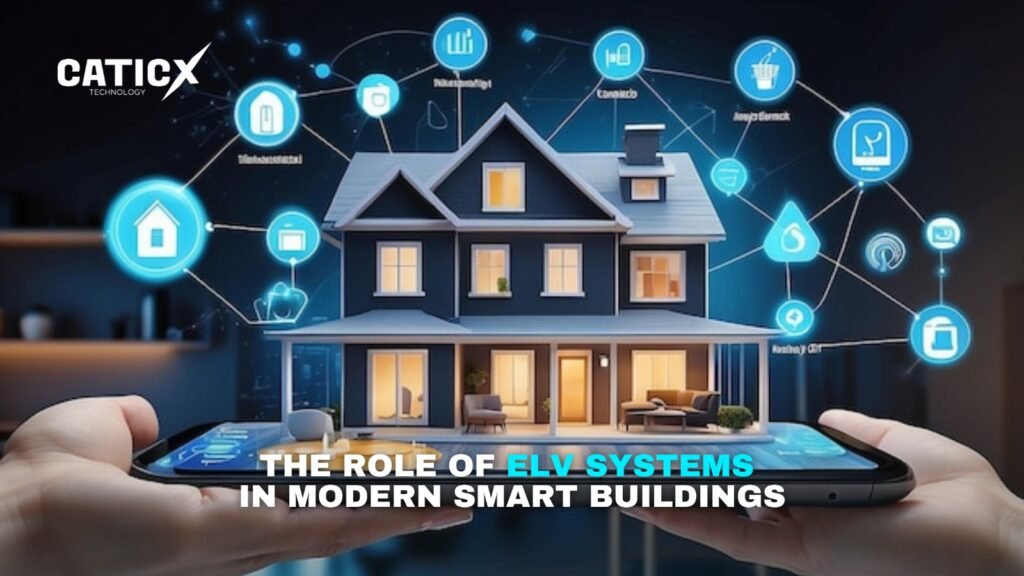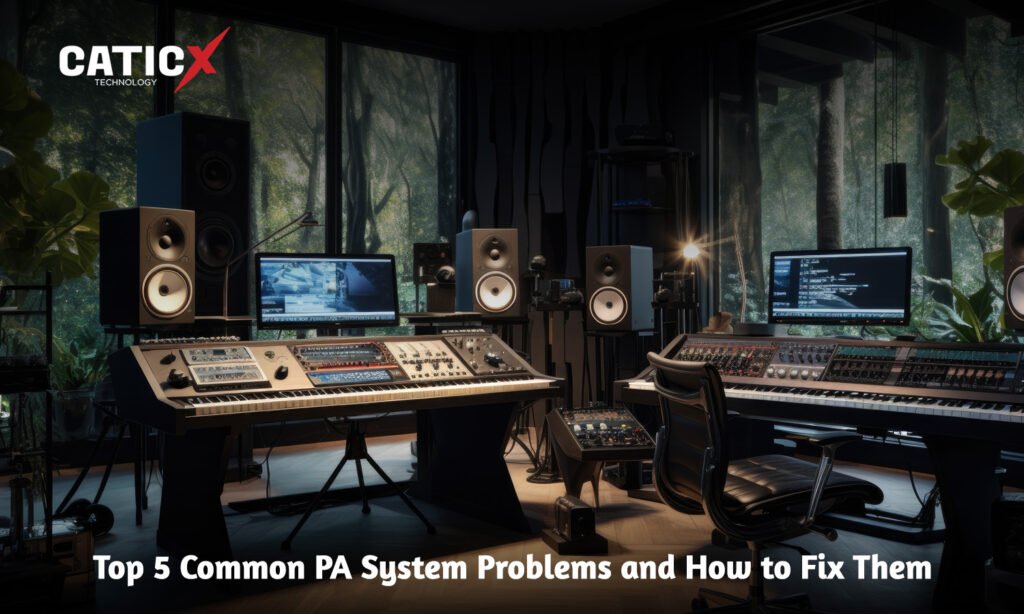
As technology continues to evolve, so does the landscape of structured cabling systems. These systems are vital for supporting the growing demands of data transmission, communication, and overall network performance. In 2024, several trends are emerging that will shape the future of structured cabling, enhancing its efficiency and adaptability. The top trends that businesses and IT professionals should be aware of to optimize their cabling infrastructure are crucial for enhancing efficiency and performance. Staying informed about these developments can significantly improve network reliability and support future growth.
Increased Adoption of Fiber Optics
One of the most significant trends in structured cabling is the increasing adoption of fiber optic cabling. Fiber optics offer higher bandwidth and faster data transmission speeds compared to traditional copper cabling. As businesses demand more from their networks—whether due to remote work, cloud computing, or data-intensive applications—fiber optics provide a scalable solution that can accommodate these needs.
In 2024, we can expect to see a continued shift towards fiber optic installations, especially in data centers and enterprise environments. The use of single-mode fiber will likely increase due to its long-distance capabilities, making it a preferred choice for organizations looking to future-proof their infrastructure.
Emphasis on Scalability and Flexibility
As businesses evolve, so do their networking needs. Scalability and flexibility in structured cabling systems have become paramount. Organizations are looking for cabling solutions that can adapt to changing technologies and increased demands without requiring a complete overhaul.
Modular cabling systems are gaining traction, allowing for easy reconfiguration and expansion as needed. These systems can accommodate new technologies and changes in organizational structure, making them a cost-effective and efficient choice for businesses looking to stay agile in a fast-paced environment.
Integration with Smart Technologies
The rise of the Internet of Things (IoT) and smart building technologies is significantly influencing structured cabling trends. In 2024, we can expect to see more structured cabling systems designed to support smart technologies, such as smart lighting, HVAC controls, and security systems.
These integrations require robust cabling solutions that can handle multiple data streams and devices. Structured cabling systems will increasingly incorporate PoE (Power over Ethernet) technology, enabling devices like cameras and sensors to receive power and data through the same cable, simplifying installation and reducing infrastructure costs.
Sustainability and Eco-Friendly Practices
Sustainability is a growing concern across all industries, and structured cabling is no exception. In 2024, businesses are increasingly prioritizing eco-friendly cabling solutions that reduce their environmental footprint. This includes using materials that are recyclable or have a lower environmental impact during production.
Manufacturers are also focusing on energy-efficient cabling solutions that minimize power consumption. The adoption of energy-efficient practices in the installation and operation of structured cabling systems will become a key trend, as organizations aim to meet sustainability goals and enhance their corporate responsibility.
Enhanced Security Measures
As cyber threats become more sophisticated, the need for enhanced security in structured cabling systems is paramount. In 2024, organizations will place greater emphasis on securing their cabling infrastructure to protect sensitive data and prevent unauthorized access.
This trend includes implementing physical security measures, such as restricted access to cabling pathways and secure enclosures for networking equipment. Additionally, there will be a focus on integrating cybersecurity measures within the cabling infrastructure, ensuring that data transmission is secure from end to end.
Advanced Testing and Monitoring Technologies
With the increasing complexity of structured cabling systems, advanced testing and monitoring technologies are becoming essential. In 2024, businesses will invest in tools that provide real-time insights into the performance of their cabling infrastructure.
Automated monitoring solutions can detect issues such as signal loss, downtime, or temperature fluctuations, allowing for proactive maintenance and minimizing disruptions. These tools not only enhance network reliability but also reduce the time and resources spent on troubleshooting.
Convergence of IT and OT Networks
The convergence of Information Technology (IT) and Operational Technology (OT) networks is a trend that is gaining momentum. As industries such as manufacturing and healthcare increasingly rely on data-driven decision-making, the need for seamless communication between IT and OT systems becomes critical.
Structured cabling systems will need to support this convergence, facilitating the integration of various devices and systems. This trend will lead to the development of hybrid cabling solutions that can accommodate both data and operational needs, ensuring a cohesive network environment.
Continued Focus on Compliance and Standards
As structured cabling technology advances, compliance with industry standards and regulations remains a top priority. In 2024, businesses will focus on ensuring that their cabling systems meet local and international standards for safety, performance, and interoperability.
Regular audits and assessments will be essential for maintaining compliance, and organizations will increasingly rely on certification programs to ensure their cabling solutions meet industry best practices. Staying up-to-date with evolving standards will be critical for businesses looking to avoid penalties and ensure network reliability.
Increased Use of AI and Automation
Artificial intelligence (AI) and automation technologies are making their way into structured cabling systems. In 2024, we can expect to see increased adoption of AI-driven solutions that help optimize network performance and streamline management processes.
Automated systems can analyze data traffic patterns, predict maintenance needs, and even adjust network configurations in real-time. This trend will enhance the efficiency of structured cabling management, reducing downtime and improving overall network performance.
Education and Training for Professionals
As structured cabling systems become more complex, the demand for skilled professionals in the field is on the rise. In 2024, there will be a greater emphasis on education and training programs for technicians and engineers to ensure they are equipped with the latest knowledge and skills.
Organizations will invest in training initiatives that cover emerging technologies, installation best practices, and maintenance procedures. This trend will not only enhance the quality of installations but also ensure that professionals are prepared to tackle the challenges presented by new advancements in structured cabling.
Wrap up
The landscape of structured cabling is continuously evolving, driven by advancements in technology and the growing demands of modern businesses. In 2024, trends such as increased adoption of fiber optics, a focus on scalability, and the integration of smart technologies will shape the future of cabling infrastructure. By staying informed about these trends and adapting to the changing landscape, organizations can ensure their structured cabling systems remain efficient, secure, and capable of supporting their ongoing growth and innovation. Investing in the right solutions and training will pave the way for success in this dynamic environment, enabling businesses to thrive in the digital age.


